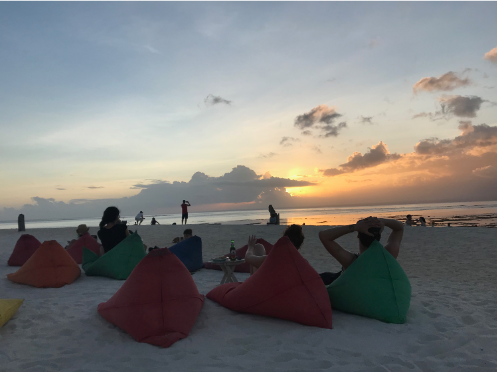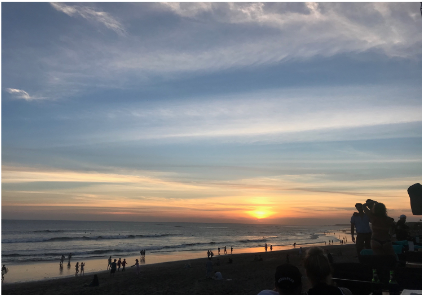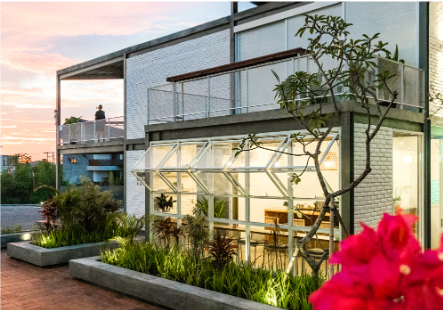Cak Cak Cak! Welcome to Bali! We are known by many names: Island of Gods, Island of Paradise but perhaps, you may know us more by our other name: Island of Tourists.

The Beauty and The Beast
Bali’s allure lies in its abundance of distinctive culture, which has succeeded in making Bali one of the world’s most popular travel destinations and bringing in 4.3 million tourists in 2023. Given that tourism accounts for 70% of Bali’s GDP, it is apparent that the island relies heavily on the ‘cultural economy’. However, the tourism industry which has so greatly helped, has also caused great suffering to Bali’s culture and environment with tourists generating 3.5 times more plastic waste per capita than locals. Worse yet, Bali’s pollution issue is kept a secret from visitors in order to maintain Bali’s image as a perfect “paradise”. Other issues include tourists disregarding local norms, acting disrespectfully, and even posing or stripping nude at places of worship and cultural shows.

Culture vs. Economy
Take example the Kecak Dance, one of Bali’s oldest cultures and most well-known tourist attractions. Don’t be fooled by the name for it is not just a dance. Originally conceived as a dance and musical, it is based on an ancient Balinese ritual (Sanghyang) for exorcism or repelling evil spirits. That is why, prior to the dance, a priest bestows a blessing on one of the actors so that he does not feel pain during the scenes that involve fire. The only “music” utilised came from 50–60 men (who are referred to as the dancers – yes they also dance!) singing “Cak! Cak! Cak!”. It is said that these dancers are not conscious and are thought to be communicating with the gods or ancestral spirits. Even more uniquely, the “set” was at one of Bali’s temples, overlooking the sea and using the natural sunlight as its lighting.

The dance made its debut in 1930 as a result of the collaboration between German painter, Walter Spies, and Balinese dancer, Wayan Limbak, who wanted to produce a dramatic interpretation of the Sanghayang. The dance has been popular ever since they took the invention on a global tour. Although Bali has benefited from it in terms of tourism, it has also reinforced a sense of boundary among the Balinese between what they do for themselves and what they do for tourists. In fact, the Kecak Dance itself is not popular amongst Balinese audiences as they see it as more of an “act” for the economy.
The argument seems fair when considering the fact, what was once an elaborate ceremony performed for the gods has now evolved into a display for mortals to enjoy. Some even used the performance to do wedding proposals! The dance was no longer an offering to the gods, but an entertainment for tourists, and a divider for the society.
So, who are you performing for?

Thus, one begins to wonder: who benefits from the cultural economy? Yes, in places like Bali where they depend on their culture to grow economically, the cultural economy benefits society as a whole. Nonetheless, it is also important to think about how packaging a culture for tourists may affect society and the culture itself. I believe that the development of tourism in Bali should be improved, and that its development must also ensure the protection of the culture and society.
I will always remember the day I saw the Kecak Dance. It was an honour to be able to get a closer look at and experience Balinese philosophy, culture, and life. I hope that the Kecak Dance will continue to be a performance that educates others about Bali while also serving as a source of pride for Balinese culture; an example and proof that Bali is more than just the Island of Tourists.






